Tiebiao Zhao
Multiverse Transformer: 1st Place Solution for Waymo Open Sim Agents Challenge 2023
Jun 20, 2023Abstract:This technical report presents our 1st place solution for the Waymo Open Sim Agents Challenge (WOSAC) 2023. Our proposed MultiVerse Transformer for Agent simulation (MVTA) effectively leverages transformer-based motion prediction approaches, and is tailored for closed-loop simulation of agents. In order to produce simulations with a high degree of realism, we design novel training and sampling methods, and implement a receding horizon prediction mechanism. In addition, we introduce a variable-length history aggregation method to mitigate the compounding error that can arise during closed-loop autoregressive execution. On the WOSAC, our MVTA and its enhanced version MVTE reach a realism meta-metric of 0.5091 and 0.5168, respectively, outperforming all the other methods on the leaderboard.
Single image super-resolution using self-optimizing mask via fractional-order gradient interpolation and reconstruction
Mar 18, 2017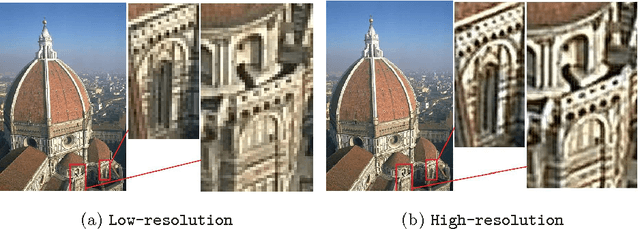

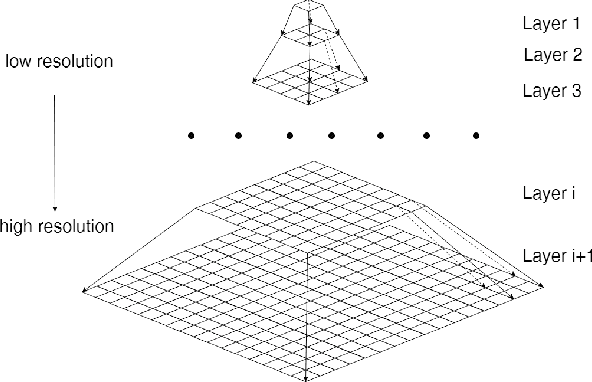
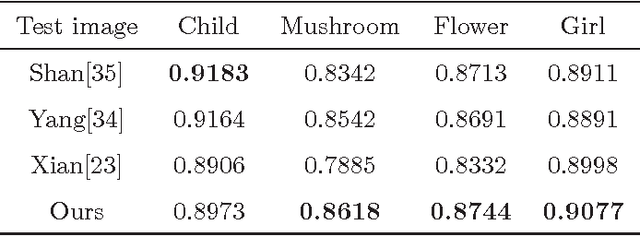
Abstract:Image super-resolution using self-optimizing mask via fractional-order gradient interpolation and reconstruction aims to recover detailed information from low-resolution images and reconstruct them into high-resolution images. Due to the limited amount of data and information retrieved from low-resolution images, it is difficult to restore clear, artifact-free images, while still preserving enough structure of the image such as the texture. This paper presents a new single image super-resolution method which is based on adaptive fractional-order gradient interpolation and reconstruction. The interpolated image gradient via optimal fractional-order gradient is first constructed according to the image similarity and afterwards the minimum energy function is employed to reconstruct the final high-resolution image. Fractional-order gradient based interpolation methods provide an additional degree of freedom which helps optimize the implementation quality due to the fact that an extra free parameter $\alpha$-order is being used. The proposed method is able to produce a rich texture detail while still being able to maintain structural similarity even under large zoom conditions. Experimental results show that the proposed method performs better than current single image super-resolution techniques.
Fractional Calculus In Image Processing: A Review
Aug 10, 2016
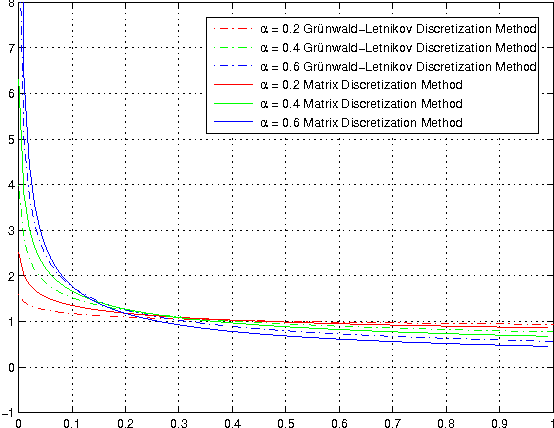
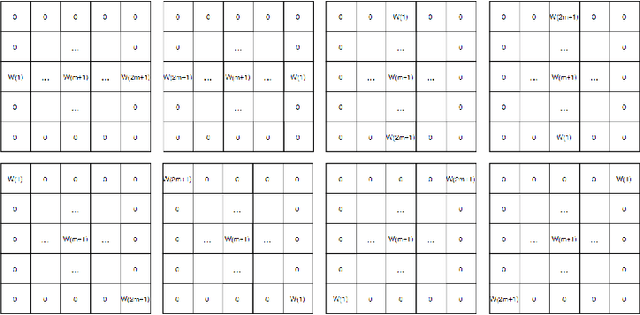

Abstract:Over the last decade, it has been demonstrated that many systems in science and engineering can be modeled more accurately by fractional-order than integer-order derivatives, and many methods are developed to solve the problem of fractional systems. Due to the extra free parameter order, fractional-order based methods provide additional degree of freedom in optimization performance. Not surprisingly, many fractional-order based methods have been used in image processing field. Herein recent studies are reviewed in ten sub-fields, which include image enhancement, image denoising, image edge detection, image segmentation, image registration, image recognition, image fusion, image encryption, image compression and image restoration. In sum, it is well proved that as a fundamental mathematic tool, fractional-order derivative shows great success in image processing.
 Add to Chrome
Add to Chrome Add to Firefox
Add to Firefox Add to Edge
Add to Edge